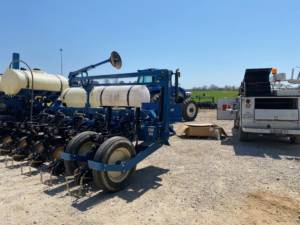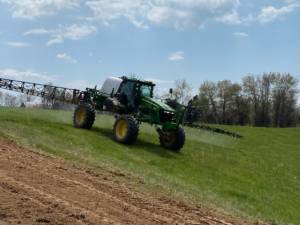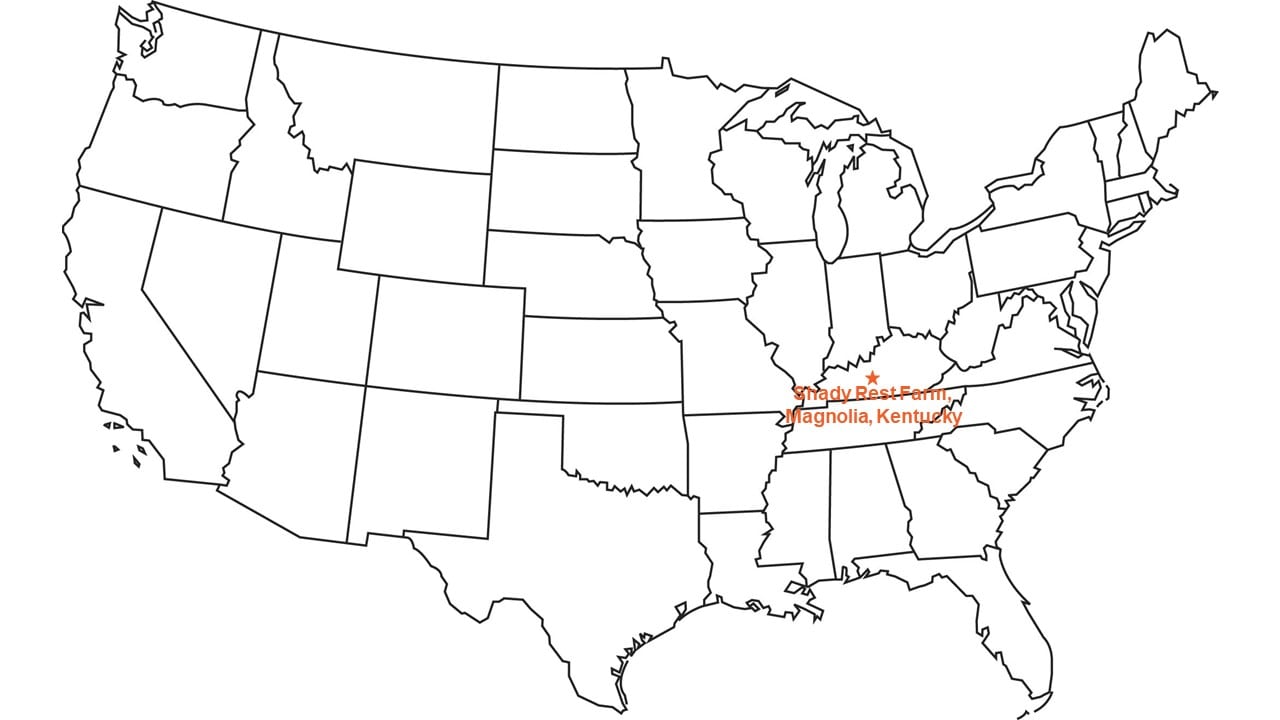 March brought plenty of rain to our area of central Kentucky, in the southern United States. We have been repairing waterways in our rolling fields in spots where they need attention to better prevent soil erosion this year. We recently got our equipment ready to prepare our corn fields and early soybean fields. Now in early April, as our fields dry up enough for our equipment to go through them, we have started getting them ready to plant.
March brought plenty of rain to our area of central Kentucky, in the southern United States. We have been repairing waterways in our rolling fields in spots where they need attention to better prevent soil erosion this year. We recently got our equipment ready to prepare our corn fields and early soybean fields. Now in early April, as our fields dry up enough for our equipment to go through them, we have started getting them ready to plant.
We follow our crop rotation pretty religiously, regardless of crop prices. We realize we may not get all the benefits of high prices at a specific time, but our rotation ensures we spread risk with different crops. Our two-year, no-till rotation starts with corn planted in the spring and harvested in the fall. Right after harvest, we plant winter wheat in the fall, and we harvest it in June. Then we immediately plant double-crop soybeans.
We do have a few fields that tend to be continuous corn. These fields are near our pig barns and ensure that we have fields to apply the manure. While 90 percent of our soybeans are double cropped, we do have a few fields of soybeans that we plant early with just one crop.
 We have almost finished delivering our 2020 crops to our markets, and those team members will transition to spring field work and planting. Our first step is to spray a burndown herbicide to control all the weeds and grasses that grew in our no-till fields through the winter.
We have almost finished delivering our 2020 crops to our markets, and those team members will transition to spring field work and planting. Our first step is to spray a burndown herbicide to control all the weeds and grasses that grew in our no-till fields through the winter.
Then, we spread dry fertilizer in our fields. For our corn, we apply ammonium sulfate for nitrogen, diammonium phosphate, called DAP, for phosphorus, and potash for potassium. Our soybean fields just get DAP and potash for phosphorus and potassium, since they fix nitrogen themselves.
We hope to be planting our early soybeans and corn by the middle of April. We will need about 15 days of good weather and good field conditions to plant those crops.
At the same time, we have been caring for our winter wheat. In late March, we applied our second dose of liquid nitrogen to the wheat to help the grain fill well, along with a fungicide to protect the flag leaf, or top leaf of the plant, from diseases. Both these treatments support the quality of the crop.
Our pigs are doing well. On average, each day about 25 sows, or mother pigs, farrow, or have their litters. Several of our team members focus on taking care of our pigs and ensuring health, especially as baby pigs are born. Those babies grow quickly, and we sell about 2,000 pigs each week that are 3 weeks old and weigh 5.5 to 6 kilograms, or 12 to 13 pounds. We also carefully ship these young pigs to customers.
While we always have a lot going on at Shady Rest Farm, we are just at the beginning of a very busy several weeks as we get ready to plant our 2021 crops.

